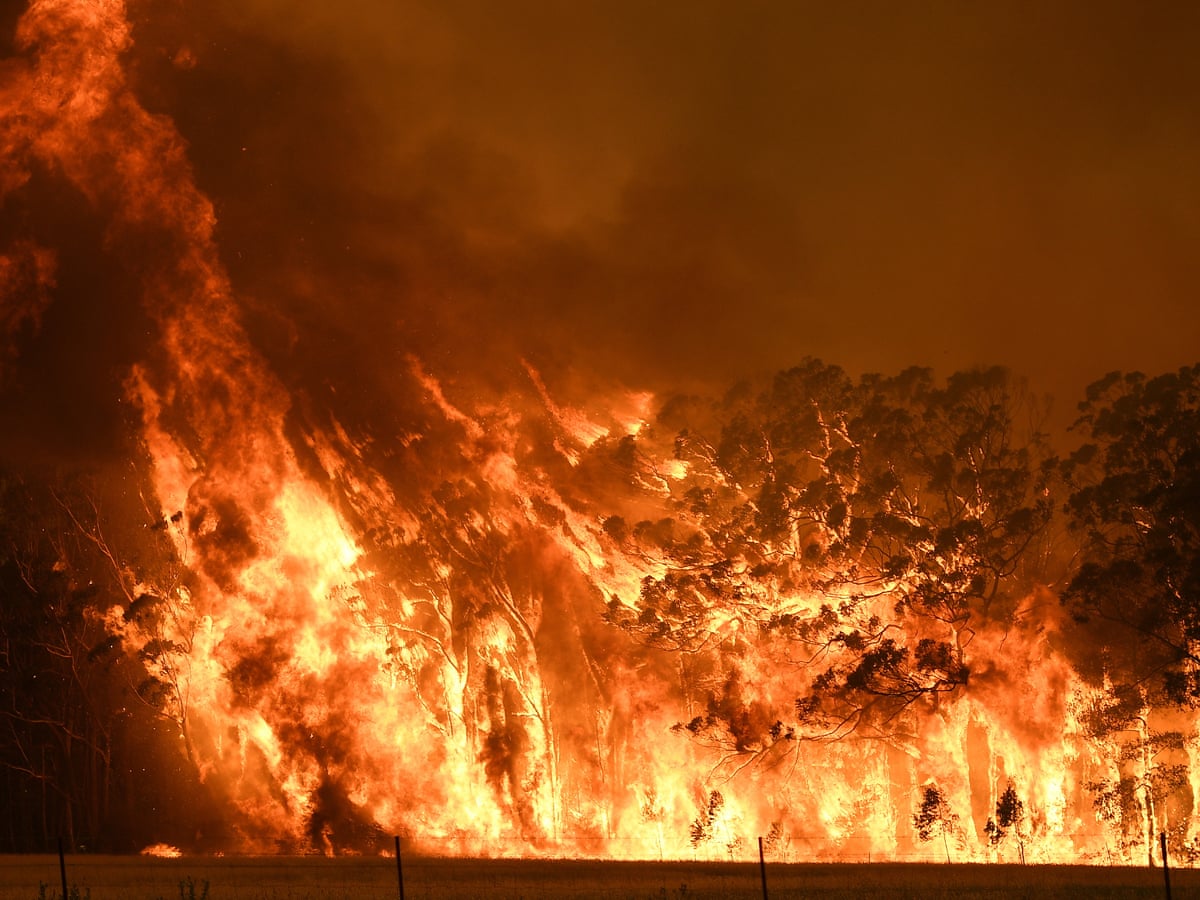BMP Essentials: Safeguarding Your Residential Or Commercial Property Against Bushfire Risks
BMP Essentials: Safeguarding Your Residential Or Commercial Property Against Bushfire Risks
Blog Article
The Importance of Bushfire Monitoring in Fire Defense
In the world of fire defense, the significance of effective bushfire management can not be understated. As communities globally grapple with enhancing instances of wildfires, the aggressive strategy to avoid and mitigating these all-natural catastrophes via strategic bushfire monitoring strategies has actually arised as a vital component. Past the instant hazard to human life and residential or commercial property, the interplay in between bushfire monitoring and eco-friendly preservation, area participation, and climate adjustment presents complicated challenges that need extensive remedies.
Value of Proactive Bushfire Prevention
Positive bushfire avoidance strategies are necessary in reducing the ruining impacts of wildfires on neighborhoods and ecosystems. One vital aspect of aggressive bushfire prevention is fuel monitoring.
Educating the public on fire safety techniques and promoting community recognition regarding the importance of bushfire prevention are essential elements of proactive methods. Ultimately, proactive bushfire prevention plays a considerable role in guarding neighborhoods and ecosystems from the damaging impacts of wildfires.
Role of Area Engagement in Fire Defense
Involving the neighborhood in fire protection efforts is essential to boosting the effectiveness of aggressive bushfire avoidance techniques. Community interaction plays a vital role in cultivating a collective understanding of the threats positioned by bushfires and the value of readiness procedures. By involving regional homeowners, authorities can disseminate important details on fire security methods, discharge procedures, and early warning systems, encouraging people to take proactive steps to guard their properties and lives.
Furthermore, area involvement initiatives aid construct resilience within neighborhoods, promoting a sense of unity and shared responsibility in mitigating fire dangers. With workshops, training sessions, and area occasions, homeowners can learn just how to create defensible spaces around their homes, decrease fire fuel loads, and recognize prospective risks. By promoting a culture of preparedness and collaboration, neighborhoods can reinforce their ability to react effectively to bushfire emergencies, minimizing the effect on buildings and lives. Eventually, neighborhood interaction is a cornerstone of extensive fire protection strategies, stressing the relevance of cumulative action in securing susceptible areas from the threat of bushfires.
Significance of Wild Animals Conservation in Bushfire Monitoring
Preservation of wild animals plays a crucial duty in effective bushfire monitoring techniques, making certain the security of varied ecosystems and biodiversity in fire-prone regions. Wild animals preservation is important as it contributes to the general strength of communities, assisting in their ability to endure and recoup from the impact of bushfires. By saving environments and shielding numerous species, the natural balance within these ecological communities is maintained, which is crucial for their long-lasting health and wellness and sustainability.
Furthermore, wildlife preservation additionally aids in reducing the danger and intensity of bushfires. Healthy ecological communities with well-preserved wildlife populations can function as natural firebreaks, slowing down the spread of fires and limiting their harmful possibility (BMP). Certain animal varieties, like delving animals or birds that spread seeds, play unique duties in protecting against fires or aiding in the post-fire regeneration of habitats
Incorporating wildlife preservation into bushfire administration methods is not only crucial for protecting biodiversity but also for promoting the overall health and strength of ecosystems in the face of increasing fire threats.
Advantages of Strategic Gas Reduction Programs
Strategically implementing gas decrease programs is vital in mitigating the threat and effect of bushfires in fire-prone regions. These programs entail regulated burning, mechanical clearing, and other approaches to decrease the amount of combustible plants readily available to sustain wildfires. By tactically reducing fuel loads in essential locations, such as close to property communities or vital infrastructure, the strength and spread of bushfires can be considerably decreased.
Among the main advantages of fuel decrease programs is the enhancement of general fire resilience in an ecosystem. By producing strategic gas breaks and reducing the connection of greenery, Bushfire Management Plan these programs aid to interrupt the course of a bushfire, making it easier for firemens to contain and extinguish the blaze. Furthermore, gas reduction programs can secure biodiversity by avoiding exceedingly intense fires that can ravage environments and threaten wildlife populaces.
Additionally, these programs can additionally safeguard human lives and home by decreasing the threat of devastating fires that posture a significant risk to areas. Ultimately, calculated gas decrease programs play a vital duty in aggressive bushfire management and fostering a much safer setting for both people and nature.
Impact of Climate Modification on Bushfire Danger

Greater temperatures lead to drier plant life, making it more susceptible to ignition. Decreased rains in certain regions lengthens drought conditions, better raising the flammability of the landscape. In addition, the changing climate has actually altered wind patterns and weather, resulting in even more irregular fire behavior and fast fire spread.
As the climate remains to transform, the regularity and intensity of bushfires are expected to increase, demanding a adaptive and positive technique to bushfire monitoring. Techniques should progress to make up the transforming risk landscape, incorporating climate projections and taking into consideration long-term resilience in fire management planning. Resolving the influence of environment adjustment on bushfire risk is essential in establishing efficient approaches to safeguard lives, property, and the atmosphere.
Verdict
In final thought, positive bushfire prevention, area involvement, wildlife preservation, critical gas reduction programs, and consideration of climate change are critical elements in effective fire defense. By implementing these methods, we can much better manage bushfire dangers and safeguard both human lives and the environment. BAL Assessment. It is vital that stakeholders interact to focus on these steps to minimize the destructive effect of bushfires on ecosystems and areas

As the environment proceeds to alter, the frequency and intensity of bushfires are anticipated to increase, requiring a flexible and aggressive strategy to bushfire administration.In final thought, proactive bushfire avoidance, neighborhood engagement, wildlife conservation, strategic gas decrease programs, and consideration of climate adjustment are important elements in effective fire defense.
Report this page